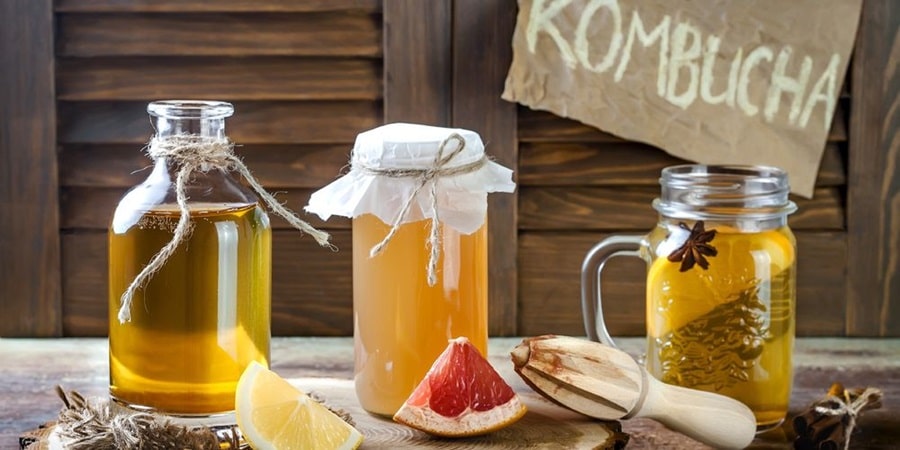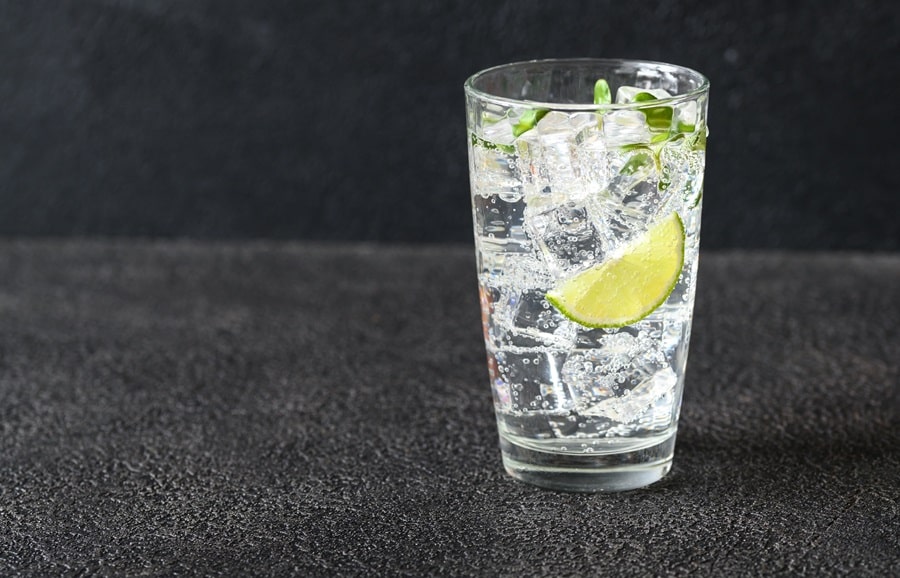Juicing has become a cornerstone of modern health trends, attracting individuals keen on enhancing their nutritional intake through natural means. The debate between cold-pressed vs. regular juices centers on their nutritional benefits, flavor profiles, and overall contributions to a health-conscious lifestyle. Each juicing method offers unique advantages, whether it’s the maximized nutrient preservation of cold-pressed juices or the convenience and speed of regular centrifugal juicing. This article will explore these differences in detail, aiming to provide readers with the insights needed to make informed decisions about their juicing preferences, aligning with their health goals and taste.
Contents
- 1 The Cold-Pressed Process and Its Benefits
- 2 Regular Juicing Techniques and Nutritional Value
- 3 Nutritional Showdown: Cold-Pressed vs. Regular Juices
- 4 Flavor and Texture: A Sensory Comparison
- 5 Shelf Life and Proper Storage Practices
- 6 Cost Analysis and Market Availability
- 7 Health Considerations and Dietary Impact
- 8 Guiding Your Juice Selection
- 9 Make an Informed Juicing Choice
The Cold-Pressed Process and Its Benefits
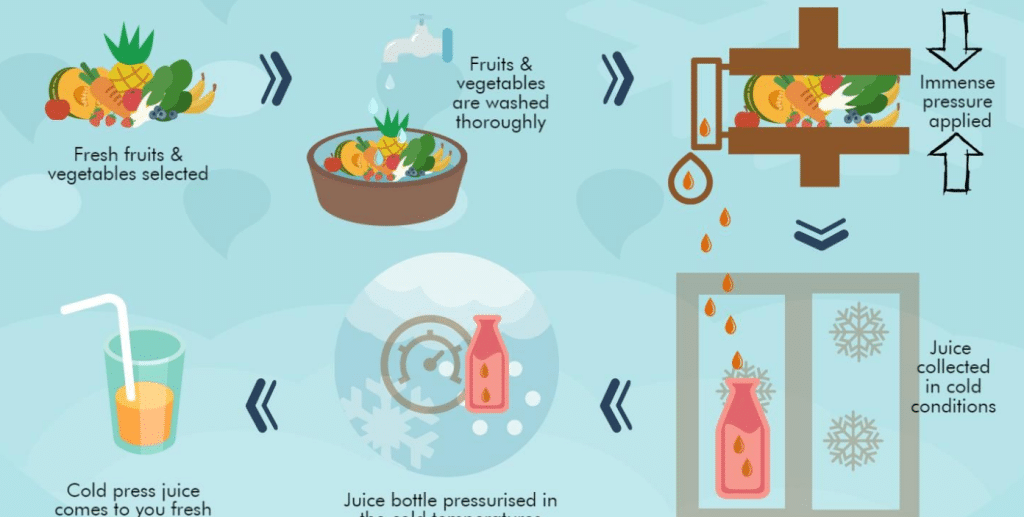
Cold-pressed juices are made using a hydraulic press to extract juice from fruits and vegetables. This method applies pressure to produce juice without introducing heat, preserving the raw nutrients and enzymes that are often lost in traditional juicing methods. The result is a nutrient-rich juice that retains more of the natural vitamins, minerals, and enzymes from its ingredients.
The benefits of cold-pressed juices extend beyond their nutritional content. Because the cold-pressing process avoids heat and oxidation, the juice maintains its freshness and vibrant flavor for longer. This method ensures that the juice remains as close to its natural state as possible, offering a healthier alternative that supports wellness and vitality. Cold-pressed juices are particularly favored by health enthusiasts for their enhanced nutritional profile and contribution to a balanced diet.
Regular Juicing Techniques and Nutritional Value
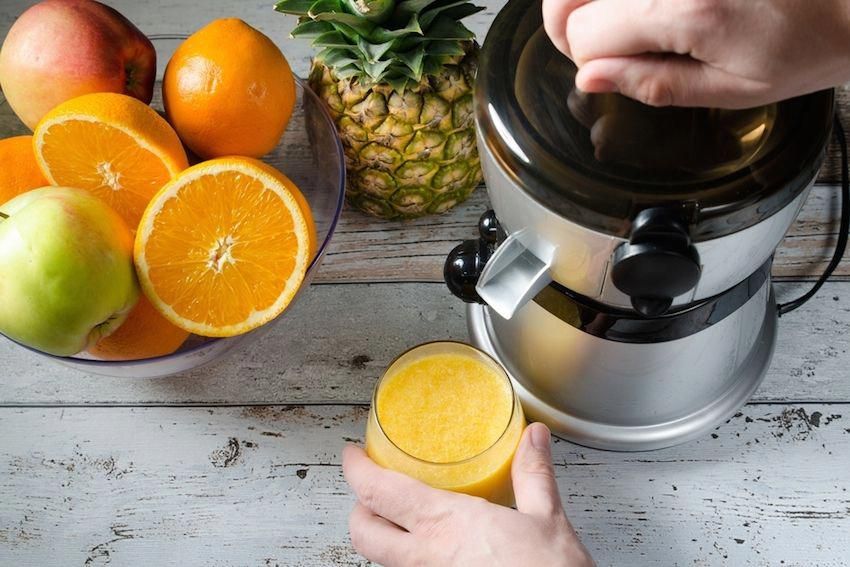
Regular juicing, often associated with centrifugal juicers, uses fast-spinning blades to tear apart fruit and vegetable fibers, separating juice from pulp through centrifugal force. This process generates heat and introduces air into the juice, which can lead to the degradation of sensitive vitamins and enzymes, potentially diminishing the nutritional quality of the juice produced.
Despite these drawbacks, regular juicing still offers significant health benefits. It allows for the efficient consumption of large amounts of fruits and vegetables, making it easier to meet daily nutritional requirements. For many, the convenience and speed of centrifugal juicing make it a preferred method for incorporating fresh juices into a busy lifestyle, providing a quick and easy way to boost their intake of essential nutrients.
Nutritional Showdown: Cold-Pressed vs. Regular Juices
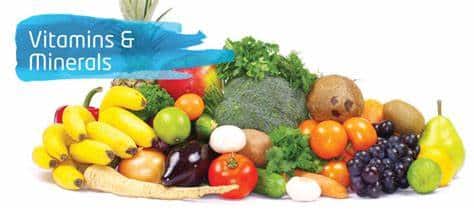
When comparing the nutritional content of cold-pressed and regular juices, cold-pressed juices often come out on top due to their method of extraction. The cold-pressing process preserves a higher level of vitamins, minerals, and enzymes, providing a more potent nutritional punch. This can be especially beneficial for those looking to maximize their intake of specific nutrients through juicing.
However, it’s important to note that the nutritional differences between cold-pressed and regular juices can vary depending on the type of produce used and how freshly the juice is consumed. While cold-pressed juices typically retain more nutrients immediately after juicing, the gap narrows as both types of juice are stored over time. Ultimately, both methods offer a valuable means of consuming a concentrated source of nutrients, albeit with some differences in their nutritional profiles.
Flavor and Texture: A Sensory Comparison
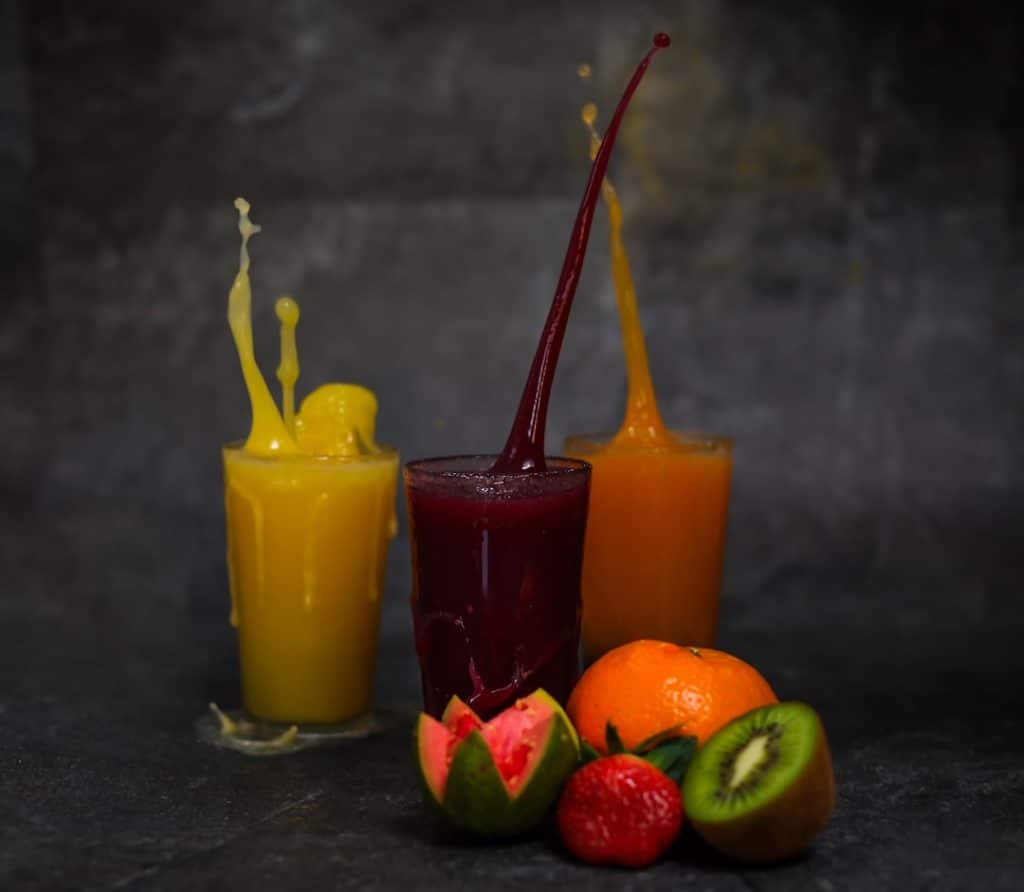
The flavor and texture of juice can be significantly influenced by the method of extraction. Cold-pressed juices are known for their smooth, rich textures and deep, vibrant flavors. The gentle pressing action allows for a juice that is closer to the taste of fresh fruit and vegetables, offering a more authentic and satisfying sensory experience.
Conversely, juices made with centrifugal juicers often have a lighter texture and a slightly oxidized flavor due to the introduction of air during the juicing process. While some may prefer the lighter texture and the convenience of faster juicing times, others may find the subtle differences in taste and mouthfeel less appealing compared to the robustness of cold-pressed juices. Despite these differences, both methods can produce delicious beverages that pack a nutritional punch and refresh the palate.
Shelf Life and Proper Storage Practices
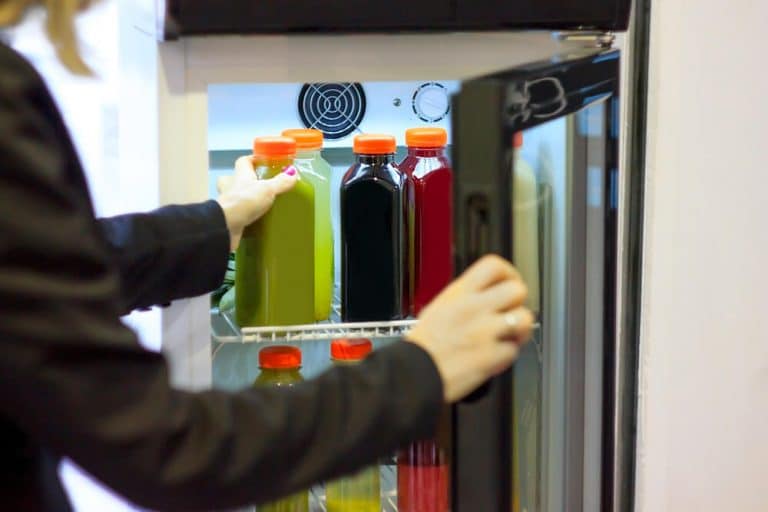
The juice’s shelf life is significantly affected by the method used to extract it. Cold-pressed juices, due to their lack of heat and oxidation during the extraction process, typically have a longer shelf life than their centrifugally juiced counterparts. This extended freshness period allows consumers to store cold-pressed juices for a few days without a substantial loss of nutritional value, provided they are kept refrigerated and properly sealed. However, it’s crucial to consume these juices within their recommended time frame to ensure the best quality and nutrient retention.
For regular (centrifugal) juices, the exposure to heat and air during extraction accelerates the oxidation process, leading to a faster degradation of nutrients and a shorter shelf life. These juices are best consumed immediately after juicing to maximize their health benefits and flavor. Proper storage, such as refrigeration and using airtight containers, can help extend their shelf life slightly, but the window for consumption remains narrower compared to cold-pressed juices. This difference in shelf life and storage requirements underscores the importance of considering consumption habits when choosing a juicing method.
Cost Analysis and Market Availability

The cost of producing cold-pressed and regular juices can vary widely, influencing consumer choice based on budget constraints. Cold-pressed juices often command a higher price point due to the specialized equipment required and the slower production process, yielding more nutrient-dense juice. This method can also require more produce to generate an equivalent amount of juice compared to centrifugal juicers, contributing to the higher costs. While some consumers are willing to pay a premium for the perceived health benefits, others may find the cost prohibitive for regular consumption.
Regular juices, made using centrifugal juicers, are generally more affordable both in terms of initial equipment investment and the cost of production. The efficiency and speed of centrifugal juicing mean less time and potentially less produce are needed to make a comparable volume of juice, making it a more budget-friendly option for many. The lower price point and wide availability of centrifugal juicers make this method accessible to a broader audience, providing an economical way to enjoy fresh juice without the higher expense associated with cold-pressed juices.
Health Considerations and Dietary Impact

Integrating either cold-pressed or regular juices into one’s diet can have significant health implications, depending on individual nutritional needs and health goals. Cold-pressed juices, with their higher concentration of vitamins, minerals, and enzymes, can be particularly beneficial for those seeking to boost their intake of specific nutrients or looking for a high-quality dietary supplement. The minimal processing involved helps preserve the natural health properties of fruits and vegetables, making cold-pressed juices an excellent addition to a balanced and health-conscious diet.
On the other hand, regular juices still provide a valuable source of nutrition and can play a role in a healthy diet, especially when made from fresh, whole fruits and vegetables. While the nutrient retention may be slightly lower due to the juicing process, these juices still offer a convenient way to increase one’s consumption of essential vitamins and minerals. For individuals who prioritize convenience and affordability or who enjoy juicing a wide variety of produce quickly, regular juicing remains a viable and beneficial option.
Guiding Your Juice Selection
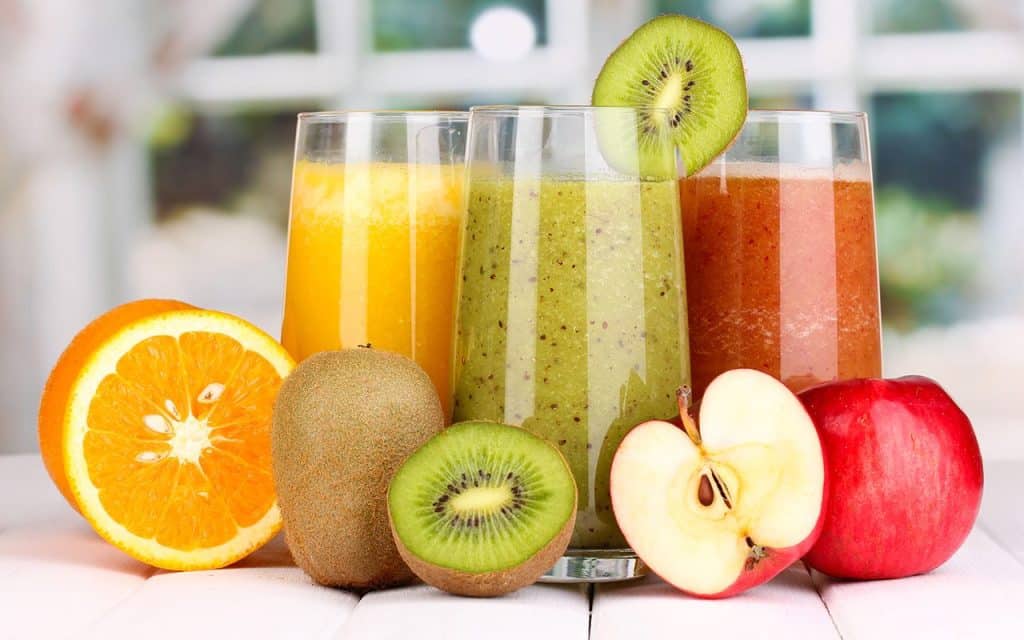
Choosing between cold-pressed and regular juices ultimately depends on personal preferences, health objectives, and lifestyle considerations. For those prioritizing nutritional content and willing to invest in the higher cost, cold-pressed juices offer a superior nutrient profile and longer shelf life, making them an excellent choice for health enthusiasts. The distinct, vibrant flavors and rich textures of cold-pressed juices also cater to those who value taste and quality in their dietary choices.
Conversely, regular juices provide a practical and cost-effective way to enjoy the benefits of fresh juice, with the added advantage of convenience and speed. While there may be slight compromises in nutrient retention and shelf life, centrifugal juicing allows for greater flexibility and accessibility, making it an attractive option for many. Regardless of the choice, incorporating fresh juices into one’s diet can contribute to improved health and wellness, offering a delicious way to consume a concentrated source of vitamins and minerals.
Make an Informed Juicing Choice
Choosing between cold-pressed and regular juices is more than just a preference; it’s a step towards a healthier lifestyle. Each method brings its own set of benefits to the table, from the nutrient-rich offerings of cold-pressed juices to the convenience and accessibility of regular juices. By considering your personal health goals, budget, and taste preferences, you can make an informed decision that enhances your nutritional intake and supports your wellness journey. So why wait? Step up your nutrition game and embrace the juicing method that best suits your lifestyle today.
